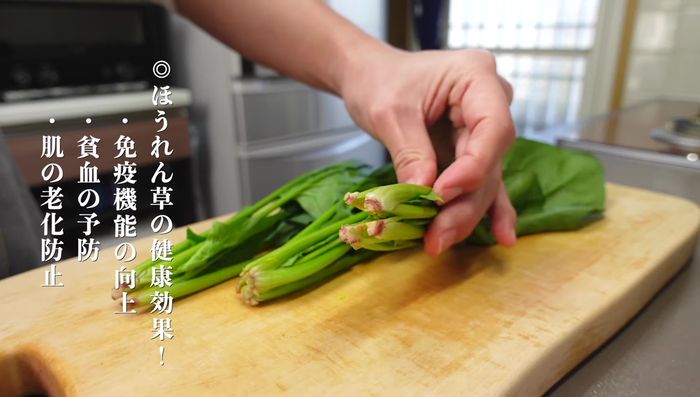Ohishi, also known as Horeusu grass, is a unique and flavorful culinary ingredient found in specific regions. Often overlooked in Western cuisine, this versatile plant offers a surprising depth of flavor, ranging from subtly sweet to slightly grassy, depending on preparation. Its delicate texture and distinctive taste make it a prized addition to various dishes, adding a touch of the exotic and unexpected. Traditionally used in Japanese and other East Asian cuisines, Ohishi's potential remains largely untapped in many parts of the world.
Beyond its intriguing taste, Ohishi boasts potential health benefits, although further research is needed to fully understand its nutritional value. This guide will delve into the art of preparing Ohishi, focusing on techniques that best highlight its unique characteristics. Ready to unlock the secrets of this remarkable ingredient? Let's explore a detailed, step-by-step process for preparing delicious Ohishi.
Tools Needed
- Pot
- Knife
Ingredients
- Horeusu grass
- Scallions
- Mirin
- White soy sauce
- Salt
- Dashi (broth)
- Pine nuts (optional)
- Shredded tomatoes (optional)
Step-by-Step Instructions
Step 1. Prepare the Horeusu Grass
- Cut a cross-shaped hole in the root for easy washing. Wash thoroughly. Soak for about 10 minutes to loosen dirt.

Step 2. Prepare the Flavor Base
- Combine mirin and white soy sauce. Bring to a boil to remove alcohol and soften the flavor. Let cool.
- Add salt to boiling water and boil the scallions.


Step 3. Blanch and Prepare the Horeusu Grass
- Briefly place the roots in boiling water for about 15 seconds.
- Submerge the leaves in boiling water for about 10 seconds, then immediately plunge into ice water to preserve color.
- Squeeze the roots firmly and the leaves gently to extract as much water as possible.
- Pour soy sauce over the squeezed grass and squeeze again to remove excess moisture. This enhances flavor and texture.




Step 4. Marinate and Store
- Add dashi (broth) to the squeezed Horeusu grass and let it soak for about 2 hours. The Ohishi can be stored in the refrigerator for up to 3 days.

Read more: Chef Tom's Tuna Tataki: A Step-by-Step Guide
Tips
- Adding salt to the water when boiling the leaves helps maintain their vibrant green color.
- Briefly boiling the Horeusu grass removes bitterness.
- The soy sauce wash isn't for seasoning, but for removing excess water, resulting in a superior flavor and texture.
- When serving, you don't need to squeeze out the broth; enjoy it as is.
- Prepare a large batch when Horeusu grass is in season and inexpensive to maximize value.
Nutrition
- N/A
FAQs
1. Where can I find Horeusu grass (Ohishi)?
Horeusu grass is often found in specialty Asian grocery stores or online retailers specializing in unique ingredients. Availability depends on your region.
2. Can I substitute Horeusu grass with another ingredient?
There isn't a perfect substitute, as Ohishi has a unique flavor. Similar grassy notes might be found in some types of seaweed or certain herbs, but the taste will differ significantly.
3. How do I store leftover Ohishi?
Store leftover cooked Ohishi in an airtight container in the refrigerator for up to 3 days. For longer storage, freezing is recommended.
Mastering the preparation of Ohishi unlocks a world of culinary possibilities, adding a unique and flavorful element to your dishes. With practice, you'll confidently incorporate this special ingredient into your cooking repertoire, delighting yourself and others with its distinctive taste. So go ahead, experiment and enjoy the delicious results of your Ohishi culinary adventures!
